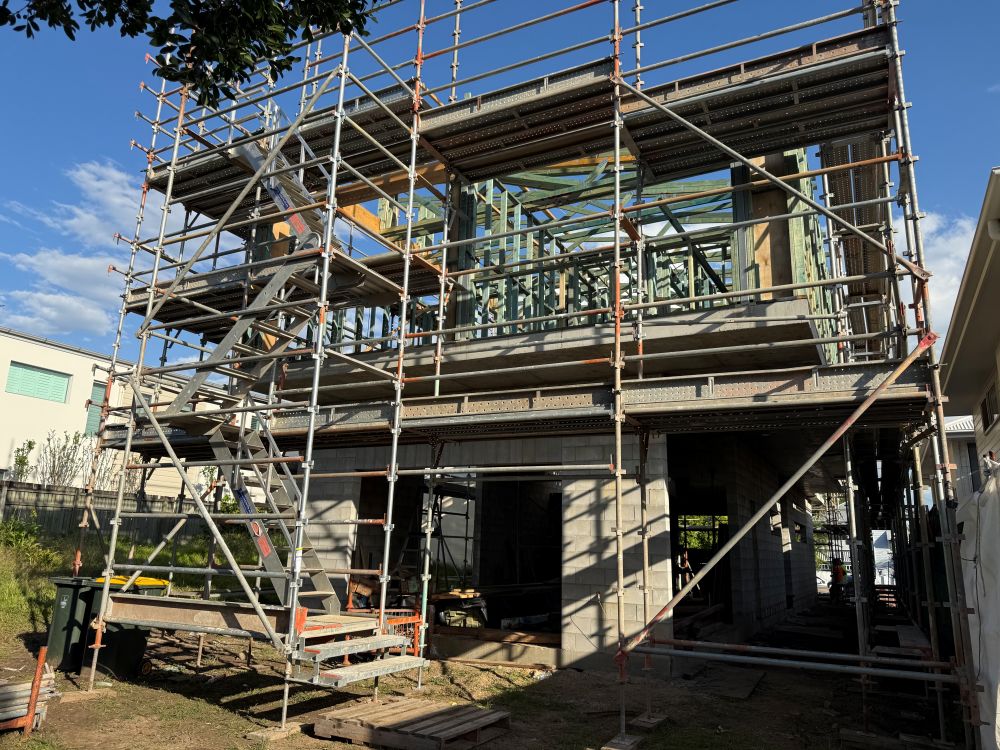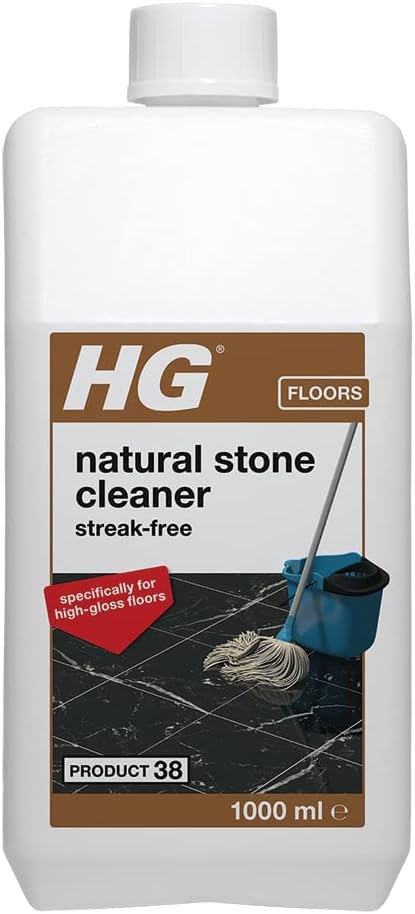Maximising Scaffold Load Capacity: Key Considerations for Safety and Compliance in the Construction Sector
Scaffold load capacity is an essential factor that dictates the maximum weight a scaffold can reliably support during various construction tasks. Understanding this crucial parameter involves detailed analysis of three main categories of loads that must be thoroughly assessed:
- The weight of the scaffold itself, commonly referred to as the dead load, which encompasses all structural elements and components
- The weight of workers along with their tools and materials that will be placed on the scaffold, known as the live load
- External forces such as wind, rain, and vibrations that may affect the scaffold’s integrity, classified as environmental load
Understanding these load categories is vital, as they significantly influence the overall stress placed on a scaffold during its use. Compliance with these calculations is not just advisable; it is a legal requirement under Australian legislation to ensure the safety and wellbeing of all personnel involved in construction activities.

Step-by-Step Guide to Effectively Utilising Our Scaffold Load and Height Calculator
While it’s important to acknowledge that a one-size-fits-all formula cannot address every scaffold type, our scaffold calculator provides a simple yet effective way to calculate accurate estimates by focusing on key variables. This tool is specifically tailored for residential builders, homeowners, and scaffold hire professionals operating under the guidelines set forth by Australian OHS regulations.
Step 1: Identify the Type of Work Required
Begin by determining the specific nature of the task, which may include activities such as roof restoration, exterior painting, solar panel installation, cladding, or rendering.
Step 2: Specify the Number of Workers
For example, you might indicate that two workers will be simultaneously working on the scaffold platform, ensuring that load calculations account for their presence.
Step 3: Assess the Weight of Materials
This step requires estimating the total weight of materials, which might involve around 120 kg of rendering materials or tools that will be utilized throughout the duration of the project.
Step 4: Input the Height of the Platform
For illustration, the height might be determined at 4.5 metres above ground level, which is crucial for ensuring safety and compliance.
After entering the relevant information, the calculator will provide a recommended scaffold configuration that includes:
- The suitable duty class (e.g., Light, Medium, or Heavy)
- An estimate of the Safe Working Load (SWL) for each bay
- The recommended scaffold type (e.g., aluminium tower or steel frame)
- Necessary safety features required (including guardrails, soleplates, and stabilisers)
- Compliance triggers related to height (e.g., tie-offs required above 4 metres)
Exploring the Lack of a Universal Load Formula for Scaffolding Applications
While the scaffold calculator serves as a practical tool for generating estimates, scaffolders and engineers do not rely on a single formula alone. This dependency is influenced by various critical factors:
- Scaffold systems can vary significantly based on materials and designs (such as aluminium, steel, modular, and tube-and-coupler)
- The intended application greatly affects the load capacity (for instance, painting compared to masonry)
- Different manufacturers provide varying platform strength and component ratings, leading to potential discrepancies
Industry Standards for Estimating Safe Working Load (SWL)
Professionals often refer to the following formula as a foundational guideline for load estimation:
Safe Working Load (SWL) per bay = (Platform Load Rating × Safety Factor) – Scaffold Component Weight
Example Calculation:
- A platform rated for a maximum load of 600 kg
- Applying a 4:1 safety margin: using only 25% of the rating results in 150 kg
- Subtracting the weight of the scaffold structure, which is 100 kg
- The final usable working load is 50 kg (this figure is conservative and typically does not reflect actual planning)
Given the complexities inherent in real-world scenarios, professional scaffolders generally adhere to manufacturer guidelines, engineering tables, and local regulations rather than relying solely on this simplified approach.

Best Practices for Scaffold Evaluations Employed by Professionals
Professional scaffold assessments typically encompass several key components to ensure safety and compliance:
- Reviewing manufacturer load data and validated span ratings for accuracy and reliability
- Calculating total live, dead, and environmental loads to ensure a secure setup
- Ensuring compliance with AS/NZS duty class specifications to meet industry standards
- Securing engineering sign-off for any custom or elevated scaffold configurations
- Conducting thorough visual and structural inspections before scaffold deployment to identify any potential safety hazards
Adapting Scaffold Practices to Environmental Conditions and Site-Specific Factors
Reducing Wind Exposure in Coastal Queensland
In regions classified under wind zones N3 and N4, the lateral forces affecting scaffolds are greatly increased. As a result, scaffolds must be anchored at shorter intervals, and additional bracing or shade cloth may be required, especially during high-wind seasons, to maintain stability and safety.
Considerations for Soil and Ground Conditions
When faced with unstable or sloped soil conditions, it is essential to use soleplates and adjustable base jacks to enhance scaffold stability. Additionally, sites with varying elevations may require the adoption of levelled bay systems to ensure a safe working environment for all personnel involved.
Regulatory Requirements for Work Above Four Metres
In Queensland, any platform that exceeds four metres in height is subject to stringent inspection and certification. A scaffold handover certificate is mandated under the Work Health and Safety Regulation 2011, ensuring adherence to established safety standards.
Essential Safety Regulations for Scaffold Operations
- Work Health and Safety Regulation 2011 (QLD)
- Managing the Risk of Falls at Workplaces (Code of Practice, 2021)
- AS/NZS 1576 and AS/NZS 4576 Standards related to scaffold safety
- High Risk Work Licence (HRWL) is mandatory for any scaffold setup exceeding four metres
Site supervisors are responsible for conducting regular inspections, especially following adverse weather events or significant changes to scaffold height or load, thereby ensuring ongoing compliance with safety regulations.
Case Study: Scaffold Implementation in Robina
In a recent undertaking on the Gold Coast, a homeowner in Robina required scaffolding for the repainting and rendering of a two-storey exterior wall. The operational height for this task was determined to be five metres, with two tradespeople using approximately 200 kg of rendering materials and tools throughout the project’s duration.
By employing our scaffold calculator, the recommended configuration was established as follows:
- Scaffold class: Medium Duty, suitable for the project requirements
- System type: Steel frame with timber planks for added durability
- Additional safety measures: Comprehensive edge protection, soleplates for soft earth conditions, and wind mesh to mitigate wind exposure
The scaffold passed all necessary inspections and adhered to Queensland’s OHS regulations, ensuring that there was no downtime throughout the execution of the project.
Important Considerations Regarding Scaffold Height and Load Capacity Calculations
Determining scaffold height and load capacity should never be treated as a simple estimation. In residential projects, this careful process is critical for ensuring safety, managing costs efficiently, and achieving compliance with relevant local regulations.
Given the specific requirements applicable to Australian conditions, particularly in southeast Queensland, we strongly advocate for obtaining an accurate scaffolding quote and ensuring that all installations are conducted by qualified professionals.
Contact CanDo Scaffolding Hire for Expert Guidance and Services
For more information regarding our extensive services, please feel free to reach out to us at 1300 226 336 or send an email to [email protected] at any time.
We offer a comprehensive range of scaffolding solutions, including void protection platforms and roof edge protection, designed to meet the diverse needs of any residential or light commercial construction project.
Understanding Scaffold Load Capacity for Residential Projects
The Article: Scaffold Load Capacity Insights for Residential Projects first appeared on https://writebuff.com
The Article Scaffold Load Capacity for Residential Construction Projects Was Found On https://limitsofstrategy.com
References:
Scaffold Load Capacity for Residential Construction Projects



